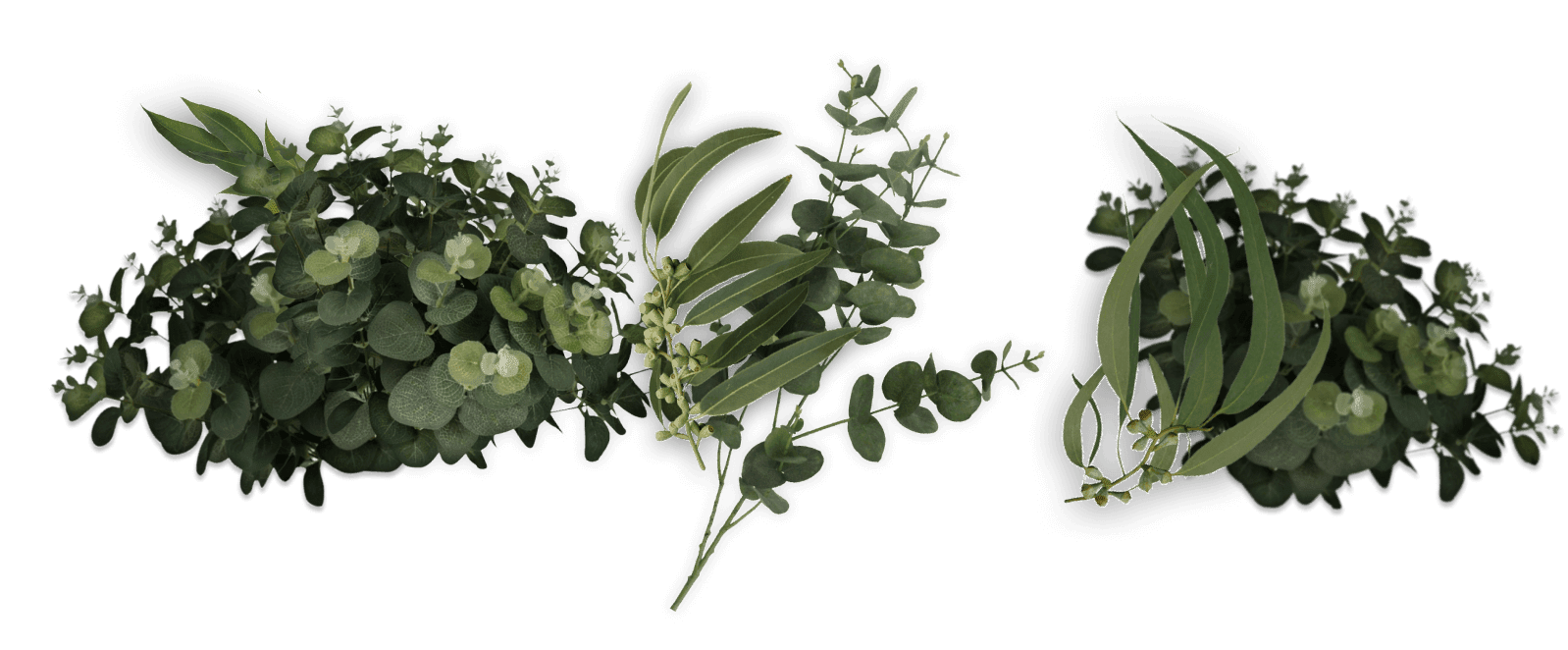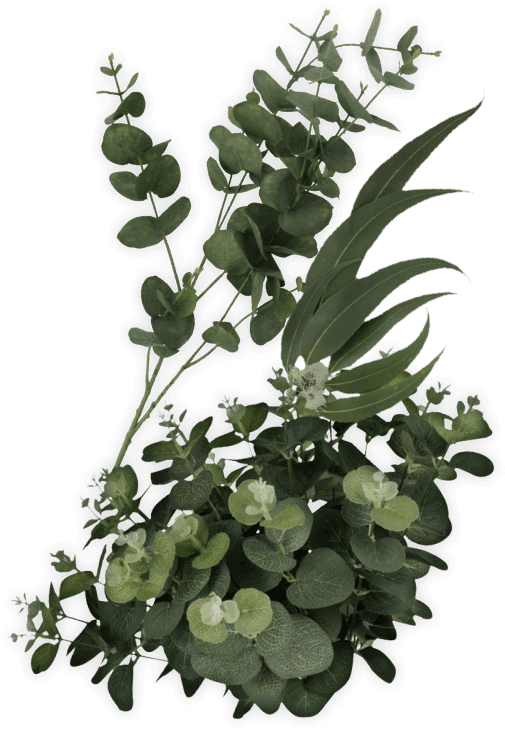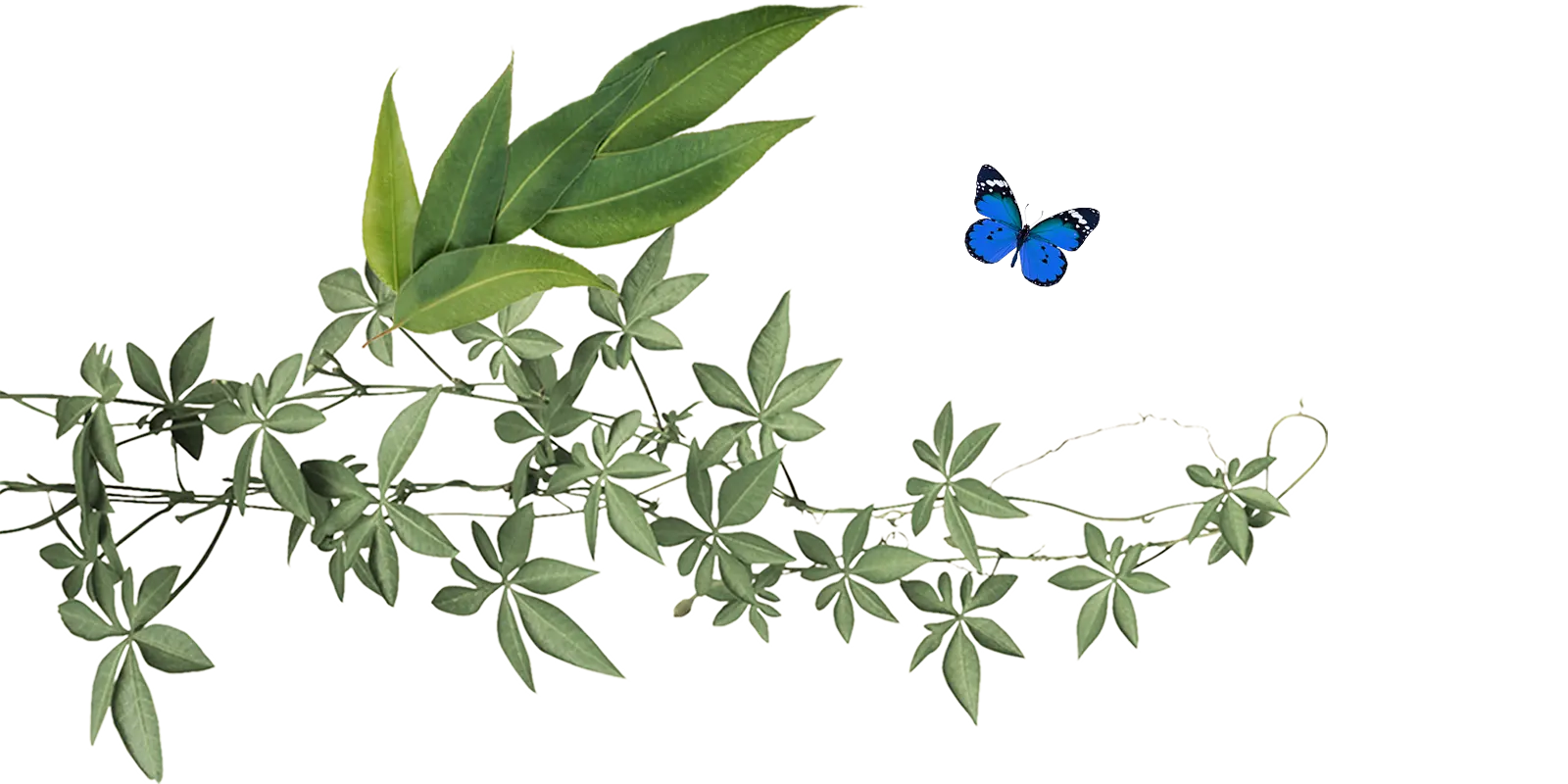
As we approach the festive season, we often get asked about Christmas trees. We decided to look into it and find out... what IS the most informed and regenerative choice we can make when it comes to choosing a Christmas tree?
Plastic trees
A plastic tree might initially seem like a good option because you can reuse it, but these days most plastic trees have travelled all the way to your local shops from China, South Korea or Taiwan, so already their carbon footprint is huge. They also tend to be made from environmentally damaging petroleum chemicals which cannot be recycled by most municipal recycling programs and therefore leaving many winding up in landfill.
What about that one you inherited from your nana? Well, we'd advise that you hold on to it for as long as you can! Researchers have found that you’d have to use a plastic tree for at least 15 years to match the footprint of a real tree (specifically one that is composted after use).
Although, it should also be noted that even if you use it for that long, the plastic components are not biodegrdable and will take considerably longer to decompose. Most artificial trees also contain polyvinyl chloride, or PVC, which produces carcinogens during manufacturing and disposal.
Stats n' facts:
🎄40 kilos = the C02 cost per plastic tree over its' lifetime
🎄6 years = the av. length of time that people will use their plastic tree for
🎄Most artificial trees contain polyvinyl chloride, or PVC, which produces carcinogens during manufacturing and disposal.
Real trees (aka the mini Pinus radiata)
Australia has 2 million hectares of tree plantations, and of that 2 million hectares - 700,000 hectares is Pinus radiata! Christmas trees are essentially mini Pinus radiata that are grown to be Christmas trees, rather than allowing them to grow into bigger trees for their timber value.
Stats n' facts:
🎄3.5 kilos = the carbon footprint of a tree that ends up as splinters for woodwork, or is burnt as firewood
🎄16 kilos = the amount that the CO2 footprint of a tree increases to if it ends up decomposing in a waste dump (as opposed to being naturally composted) - due to the methane released in decomposition
🎄Real trees are beneficial because of how they convert carbon dioxide into organic matter through photosynthesis, thereby removing carbon from the atmosphere - a process called carbon fixation.




When considering buying a real Christmas tree, there are a few things to consider:
Carbon miles
Trees are amazing natural carbon stores. They drawn down carbon from the atmosphere and turn it into organic matter through photosynthesis - a process called carbon fixation. And while it's important to note that growing trees are good for the planet, it's also important to take into account how each tree's carbon footprint will grow when there is transportation and re-location involved.
Here the best thing you can do is to keep your eye out for local Christmas tree farms, and avoid buying ones that are transported over long distances.
How they are grown
Christmas tree farms do tend to be monocultures, so farmers need to use a lot of pesticides to deal with parasitism and diseases. Growing the trees also means harvesting them after six to ten years, which gives less time for wildlife and bugs to establish thriving populations. Look into the local Christmas tree farms in your area and how they are farmed to make the best choice possible.
What to do with your tree after Christmas
What will you be doing with the tree once Christmas is over?
- Dropping it in landfill will release both carbon and methane with the tree’s slow degradation, so please avoid this at all costs.
- Chipping the tree to use as mulch or compost will effectively mean that the carbon that has been captured in the wood is then transferred and stored in the soil - an ideal scenario compared to landfill.
- Recycling or returning - Research local waste management services and ask your local council about recycling options. For example, City of Sydney will pick up the tree post-Christmas, and for free! Or you can make sure you buy your tree from a farm that has a return scheme.
- Keep it! This is a great option to keep the tree and nurture it as it grows. This way, you can reuse it for years to come knowing that as it grows, it's doing all the good things that trees do to balance the carbon in the atmosphere, all the while bringing more life and greenery into your living space.
This all leads us to two more options...
Pot grown trees
Another option is to decorated potted plants that you already have in your house! Why not expand your definition of what a Christmas tree can be? You could decorate native potted plants, young trees, or herbs like rosemary that you can then plant in your garden after Christmas. Or buy a young Christmas tree and keep it for several years as it grows - you can find them at places like Merlino’s.
Creative non-tree, trees!
If you don’t have a backyard to keep trees all year round, you can get creative and consider alternatives like a tree made out of recycled timber and decorations. Why not jump onto Pinterest for inspiration! Here's a board with 440 ideas to get you started.
We'd love to hear your thoughts on Christmas trees and any creative ideas you have to share. Please jump on to our Instagram or Facebook post to join the conversation!

Become a Regenerator
Join a growing movement of Regenerators who are ready to take action in their homes, workplaces, schools and communities. You can choose from a range of regenerative actions that are aligned to your passions and interests.





